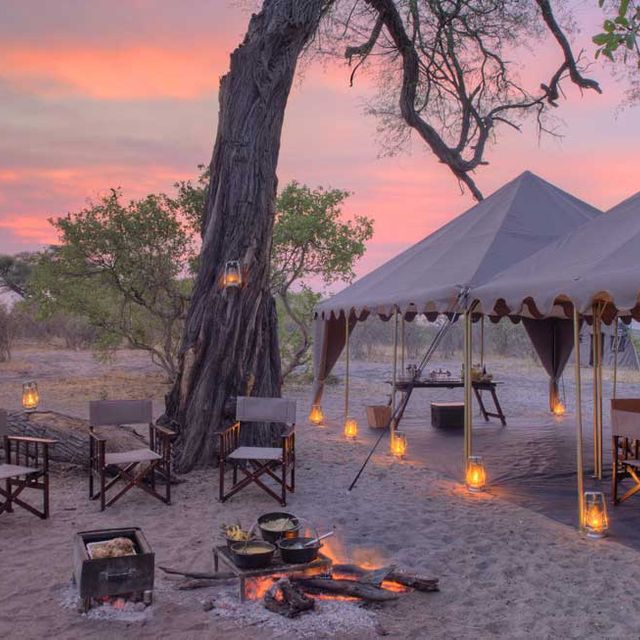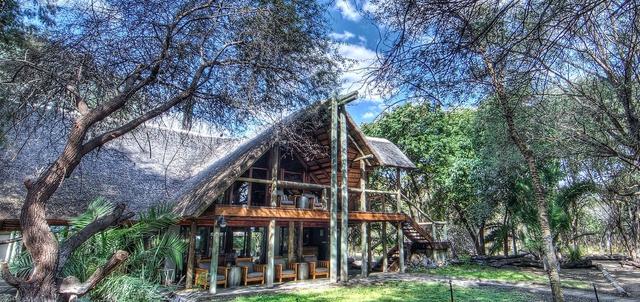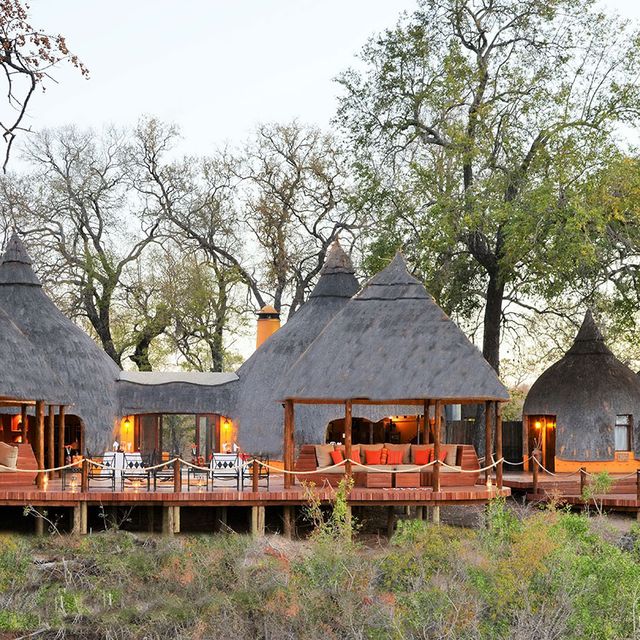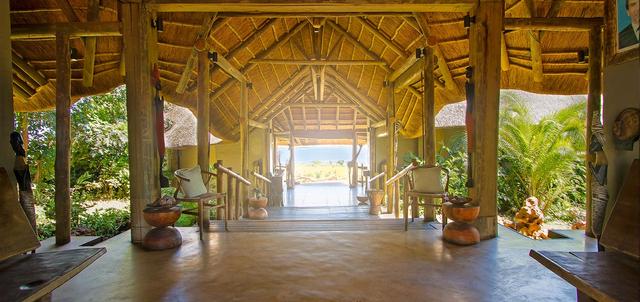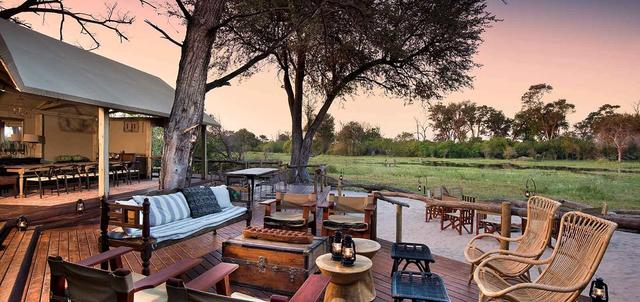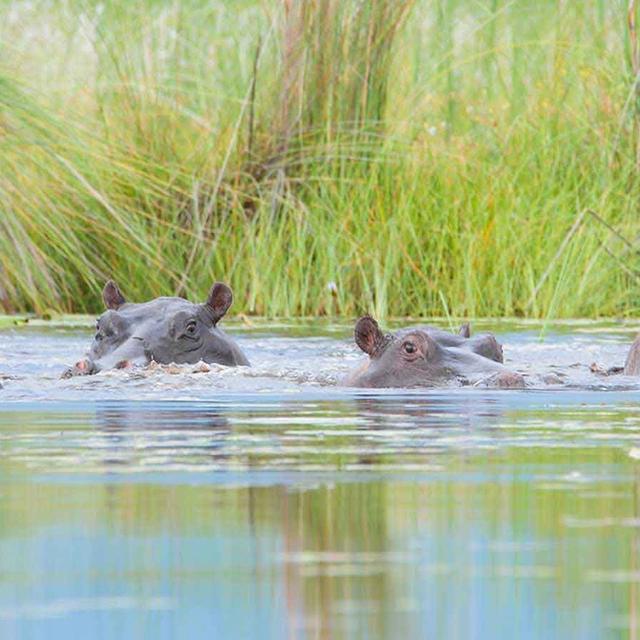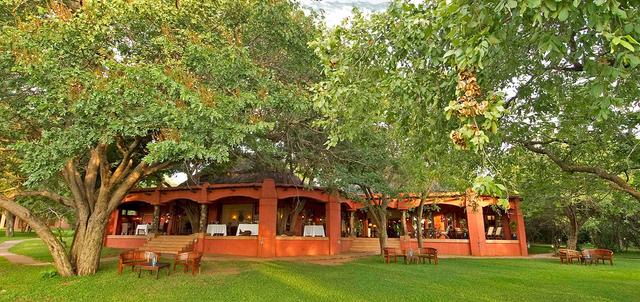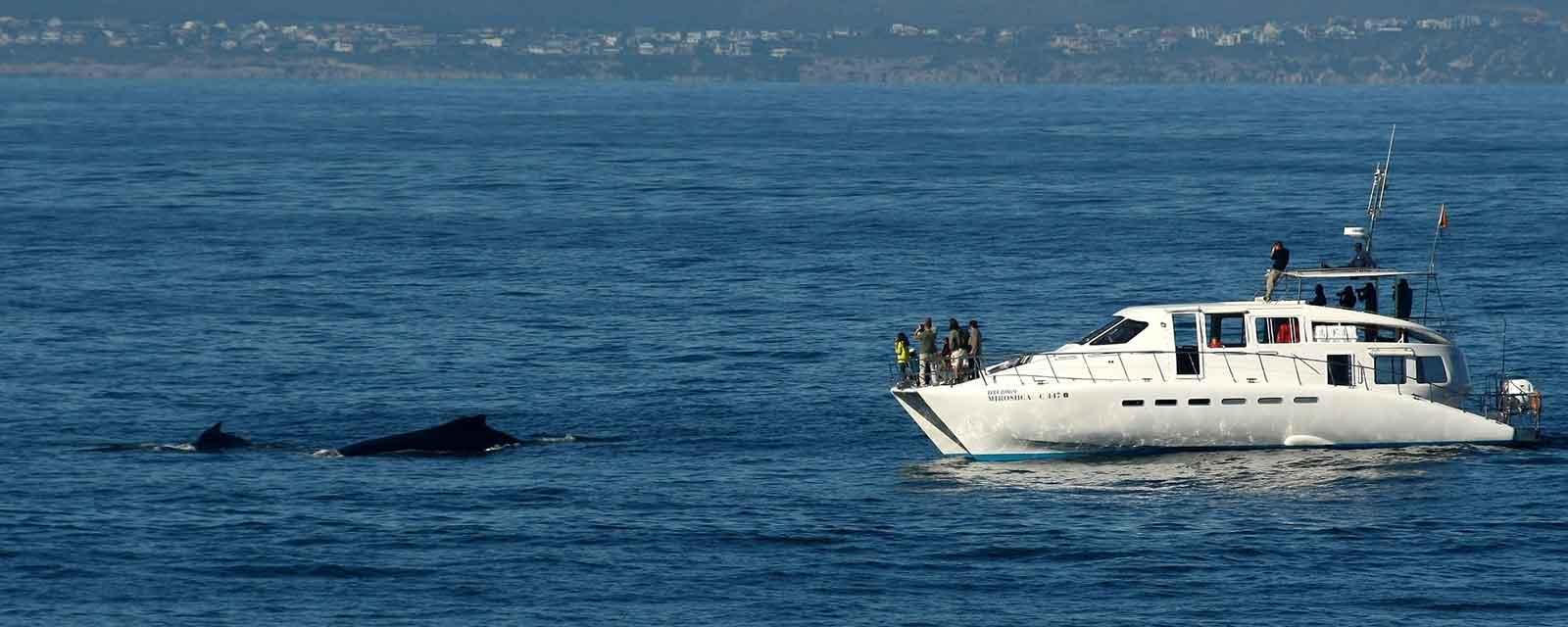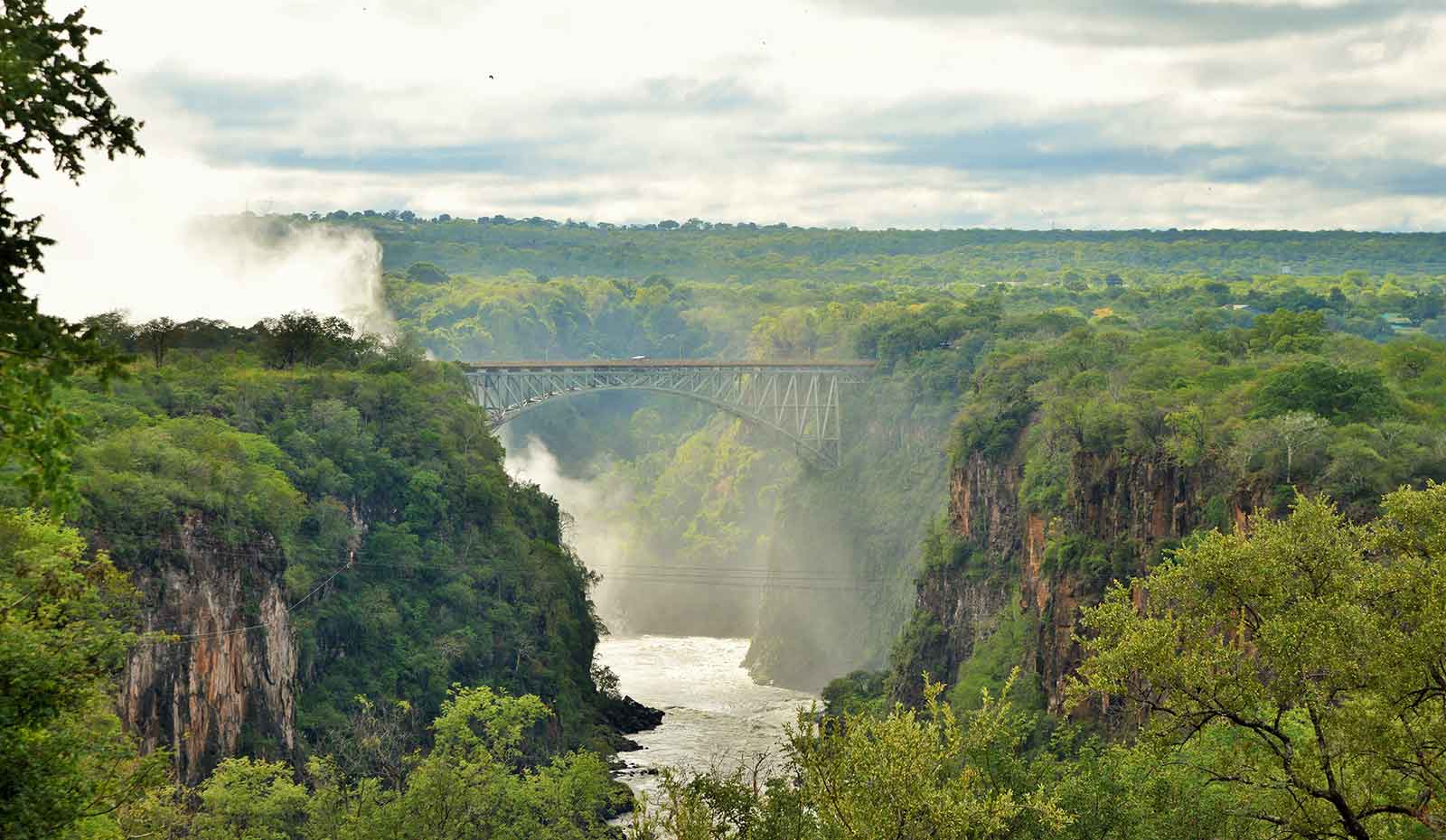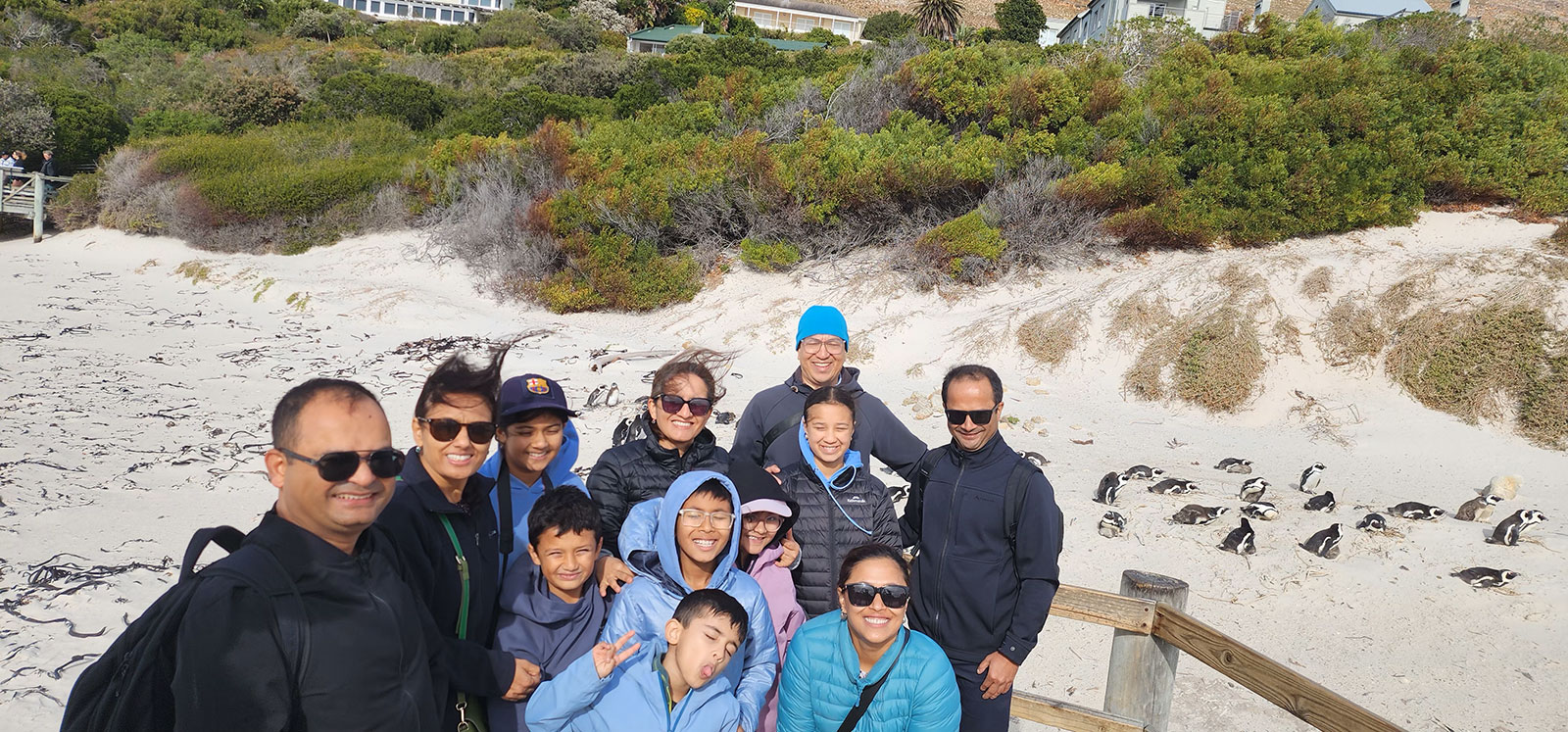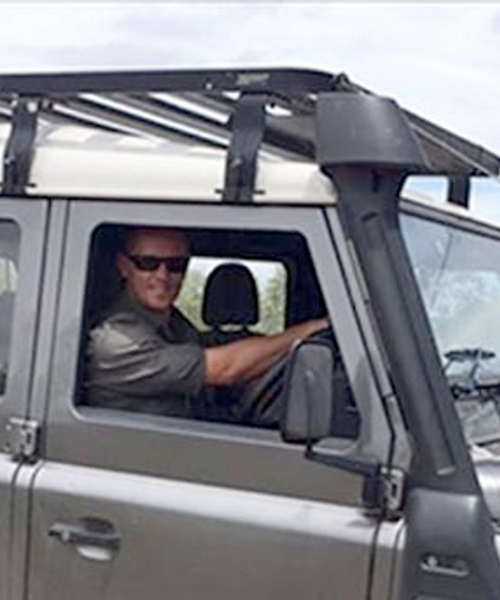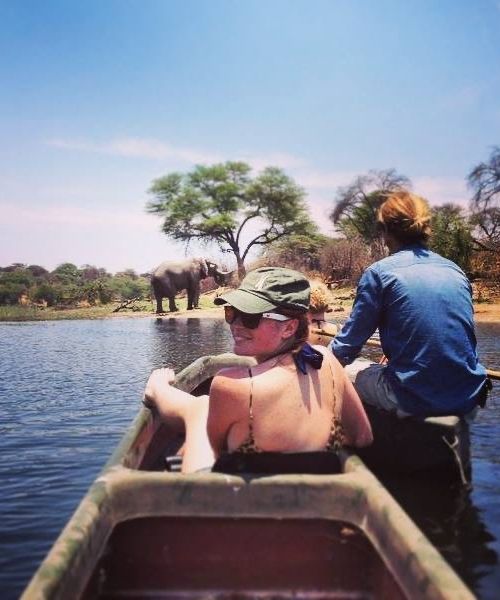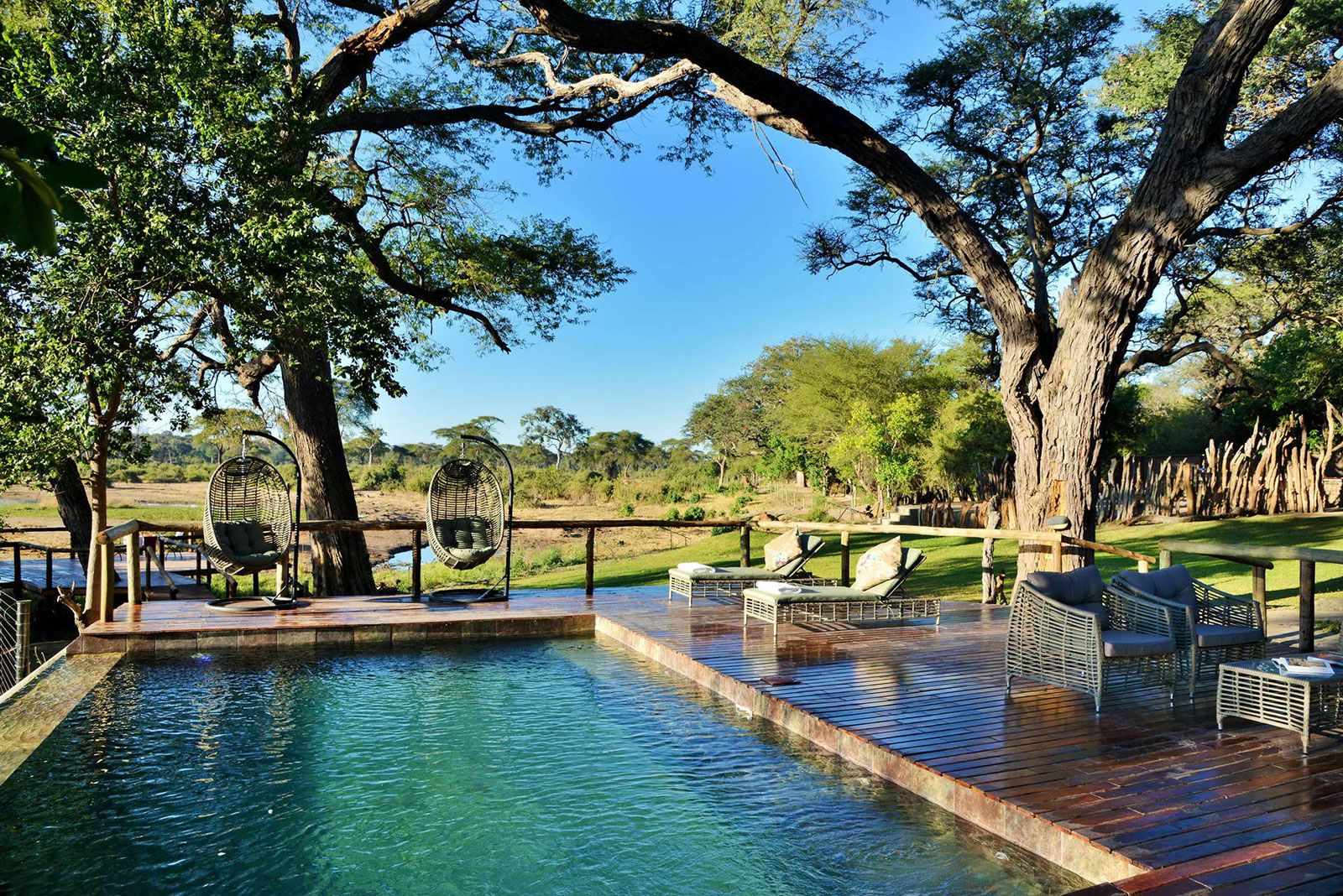
Elephant Valley Lodge
Elephant Valley Lodge lies between the Chobe National Park in Botswana and the equally impressive Matetsi wildlife conservancy, south of the Kazangula border crossing and within the Kasane Forest Reserve. The camp comprises 20 meru style luxury safari tents.
Elephant Valley Lodge Introduction
Elephant Valley Lodge lies between the Chobe National Park in Botswana and the Matetsi wildlife conservancy, south of the Kazangula border crossing and within the Kasane Forest Reserve. The camp comprises 20 luxury safari tents and can accommodate a maximum of 40 guests. It overlooks an extremely productive water hole and activities include daily safaris and boat cruises into the Chobe National Park. The unique lodge location provides guests with wonderful game viewing opportunities throughout the day and night.
- Safaris in open vehicles in the Chobe National Park
- Boat cruises along the Chobe River
- Close proximity to Victoria Falls and the Okavango Delta
- Lodge is set within a forest reserve
Elephant Valley Lodge Game Viewing and Activities
A typical day at Elephant Valley Lodge consists of a morning boat cruise on the Chobe River, and then in the afternoon a game drive into the game rich Chobe National Park. The Chobe National Park is the second largest national park in Botswana and covers 10,566 square kilometres of pristine wilderness. It has one of the greatest concentrations of game found on the African continent. It offers an abundance of wildlife and the true African nature of the region, offers a safari experience of a lifetime. A major feature of the Chobe National Park is its elephant population and is famous for its huge herds of elephant and buffalo. Chobe National Park is known to have the largest single concentration of elephants in Africa surviving within a proclaimed national park. Another highlight of this park is the animal migrations, dictated by seasons and food availability. During the wet months (December – March), most animals congregate on the open plains and as the land dries out and the heat builds (April – November), the animals migrate back to the Chobe River’s fertile flood plains.
